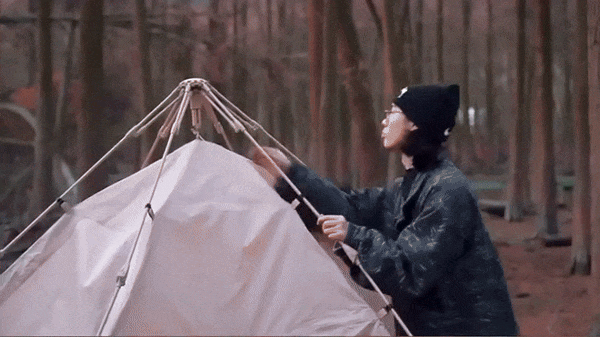
Choosing the right camping tent can make or break your outdoor adventure. Ultralight camping tents have gained popularity among backpackers due to their compact and lightweight design, aligning with the growing trend of minimalistic camping. However, these tents often involve trade-offs, such as reduced comfort and durability, which may require additional skills or gear to address. Understanding these differences helps you set realistic expectations and select a tent that matches your needs. Whether you prioritize portability or comfort, knowing the pros and cons ensures a better camping experience.
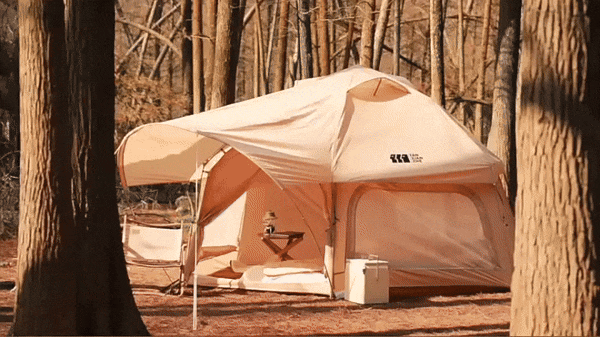
Ultralight camping tents are designed for adventurers who prioritize portability. These tents weigh significantly less than traditional options, often being 1/4 the weight for the same livable area. A typical two-person ultralight tent weighs between 3-4 pounds, making it ideal for backpackers and hikers. The lightweight design allows you to carry more gear or reduce your overall load, which is especially beneficial on long treks.
The materials used in ultralight tents contribute to their reduced weight. Nylon and polyester are common choices due to their lightweight properties. Dyneema Composite Fabric (DCF) is another option, offering exceptional strength and waterproofing while being extremely lightweight. However, these materials may trade off some durability compared to heavier fabrics.
| Material | Weight | Durability | Waterproofing | Cost |
|---|---|---|---|---|
| Nylon | Lightweight | Durable | Requires treatment for waterproofing | Relatively inexpensive |
| Polyester | Lightweight | Less durable | Highly waterproof with PU coating | Reasonably priced |
| Dyneema Composite Fabric (DCF) | Extremely lightweight | Extremely strong | Waterproof, no coating needed | Most expensive |
Traditional camping tents focus on durability and comfort. These tents are heavier, with a typical two-person model weighing more than ultralight options. The added weight often translates to increased sturdiness and better protection against harsh weather.
The materials used in traditional tents, such as cotton canvas or high-denier polyester, enhance their durability. Features like ripstop fabrics, reinforced stitching, and sturdy poles ensure these tents can withstand wear and tear. Traditional tents also provide more space, making them suitable for family or group camping trips.
Key features that make traditional tents durable include:
Ultralight and traditional camping tents differ in weight, materials, and intended use. Ultralight tents prioritize minimalism, making them perfect for experienced users who value portability. Traditional tents, on the other hand, cater to those seeking comfort and durability.
| Feature | Ultralight Tents | Traditional Tents |
|---|---|---|
| Weight | Generally lighter, designed for minimalism | Heavier, built for durability and comfort |
| Materials | Often made from lighter, less durable materials | Typically use heavier, more durable fabrics |
| Structure | Various designs like single-wall, pyramid, etc. | Commonly A-frame or dome structures |
| Intended Use | Best for experienced users seeking to minimize weight | Suitable for all users, providing more comfort and protection |
Understanding these differences helps you choose the right camping tent for your needs. Whether you prioritize weight or comfort, knowing what each type offers ensures a better outdoor experience.
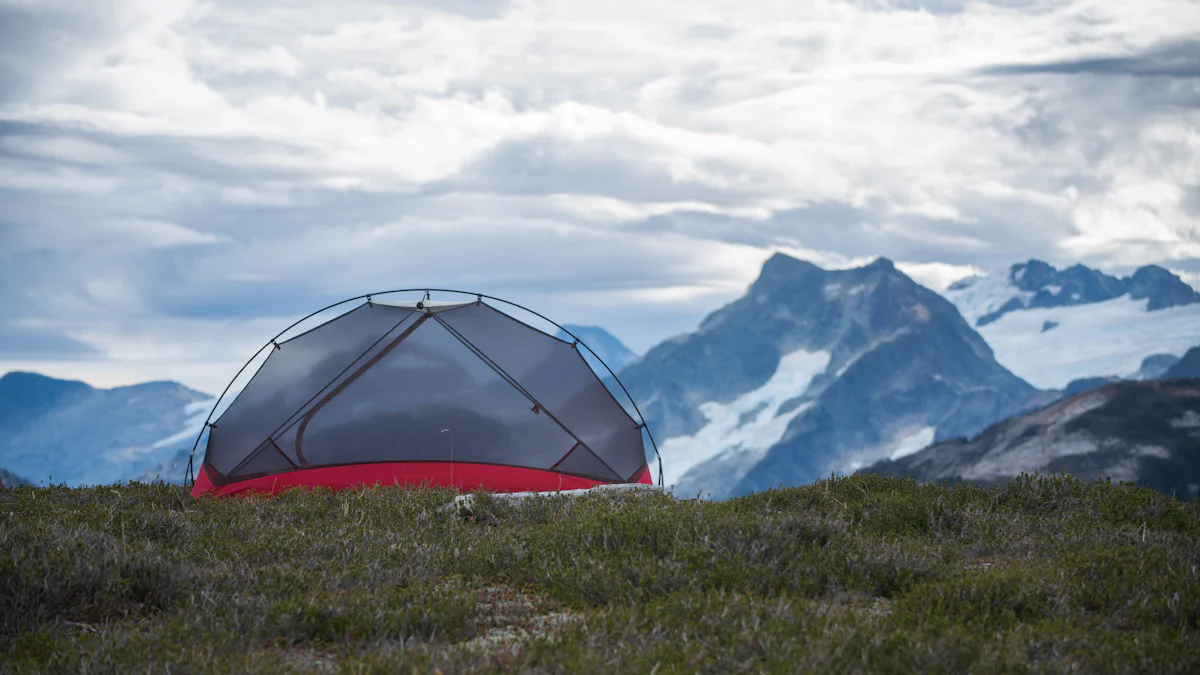
Ultralight camping tents are designed to reduce the weight you carry on your outdoor adventures. Weighing as little as 1.2 kg, these tents allow you to hike longer distances without feeling fatigued. The lightweight materials, such as nylon or Dyneema Composite Fabric, contribute to this portability while maintaining strength. You can pack these tents easily into your backpack, leaving more room for other essentials. This feature makes them a favorite among hikers and trekkers who value mobility.
If you enjoy long-distance hiking, an ultralight camping tent can enhance your experience. Carrying lighter gear means you can move faster and conserve energy. These tents also require less setup time, giving you more opportunities to explore or relax. Their simple yet functional design ensures you stay focused on the adventure rather than the logistics of your gear. By prioritizing efficiency, ultralight tents help you immerse yourself in nature without unnecessary distractions.
Ultralight tents excel in compactness. Their small packing size, often as little as 16×46 cm, makes them easy to store in your backpack. This space-saving design is especially useful when you need to carry multiple items for extended trips. Despite their compact nature, many ultralight tents still provide adequate room for one or two people, ensuring you remain comfortable during your journey.
The advanced materials and innovative designs of ultralight camping tents come at a price. These tents often cost more than traditional options due to the use of premium fabrics like Dyneema. While the investment pays off in terms of weight reduction and portability, it may not suit every budget. If you’re new to camping, the higher cost might feel like a significant barrier.
Ultralight tents prioritize weight over durability. The thinner fabrics used in their construction can struggle in harsh weather. Users often report issues like sagging when the tent gets wet or challenges with condensation. Additionally, these tents may feel drafty in windy conditions. If you plan to camp in extreme environments, you might need to take extra precautions or consider a more robust option.
While ultralight tents save weight, they often sacrifice interior space. These tents are designed for efficiency, which means they may feel cramped, especially for taller individuals or those carrying extra gear. The single-layer structure of many ultralight models can also limit ventilation, making them less comfortable in humid conditions. If comfort is a priority, you might find traditional tents more suitable.
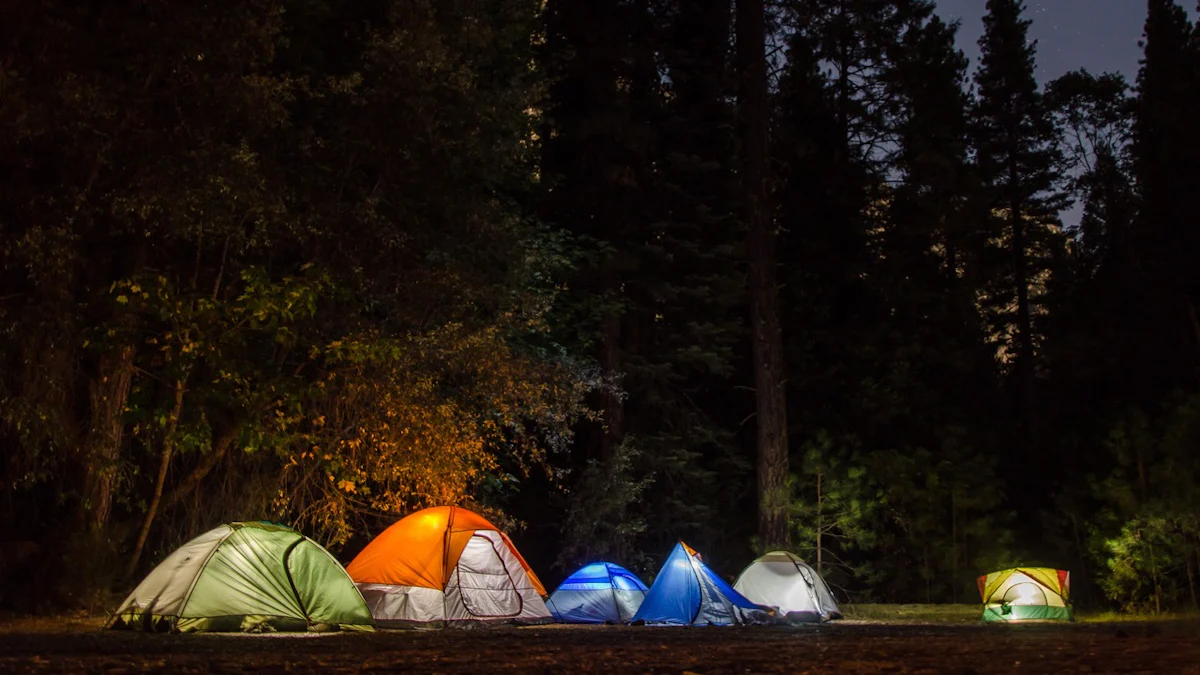
Traditional camping tents are built to last. Their materials, such as high-denier polyester or cotton canvas, provide excellent resistance to wear and tear. These tents often include reinforced stitching, ripstop fabrics, and robust poles, ensuring they can handle rough terrain and harsh weather. You can rely on them for long-term use, especially in challenging environments. Their durability makes them a dependable choice for family trips or extended stays in the wilderness.
If comfort is a priority, traditional camping tents excel in providing a roomy and cozy shelter. Many models feature higher ceilings, larger floor areas, and multiple compartments, making them ideal for group camping. You can easily fit air mattresses, sleeping bags, and other gear without feeling cramped. For example, the Coleman 4-Person Cabin with Instant Setup offers ample space and quick assembly, making it perfect for casual campers. These tents create a home-like atmosphere, enhancing your overall camping experience.
Traditional camping tents often come with budget-friendly choices, making them accessible to a wide range of campers. Some affordable options include:
Traditional camping tents tend to weigh more due to their sturdy materials and larger size. Carrying them can be challenging, especially if you plan to hike to your campsite. Their bulkiness also makes them harder to pack and transport. You might need extra effort to manage these tents, particularly if you’re camping solo.
The weight and size of traditional camping tents make them less practical for backpacking trips. They take up more space in your gear and can slow you down during long hikes. If you’re planning a backpacking adventure, you may find these tents inconvenient compared to ultralight options.
Storing a traditional camping tent can be tricky due to its larger packed size. You’ll need more room in your car or storage area at home. This can be a drawback if you have limited space or prefer compact gear. However, for car camping or short trips, this may not pose a significant issue.
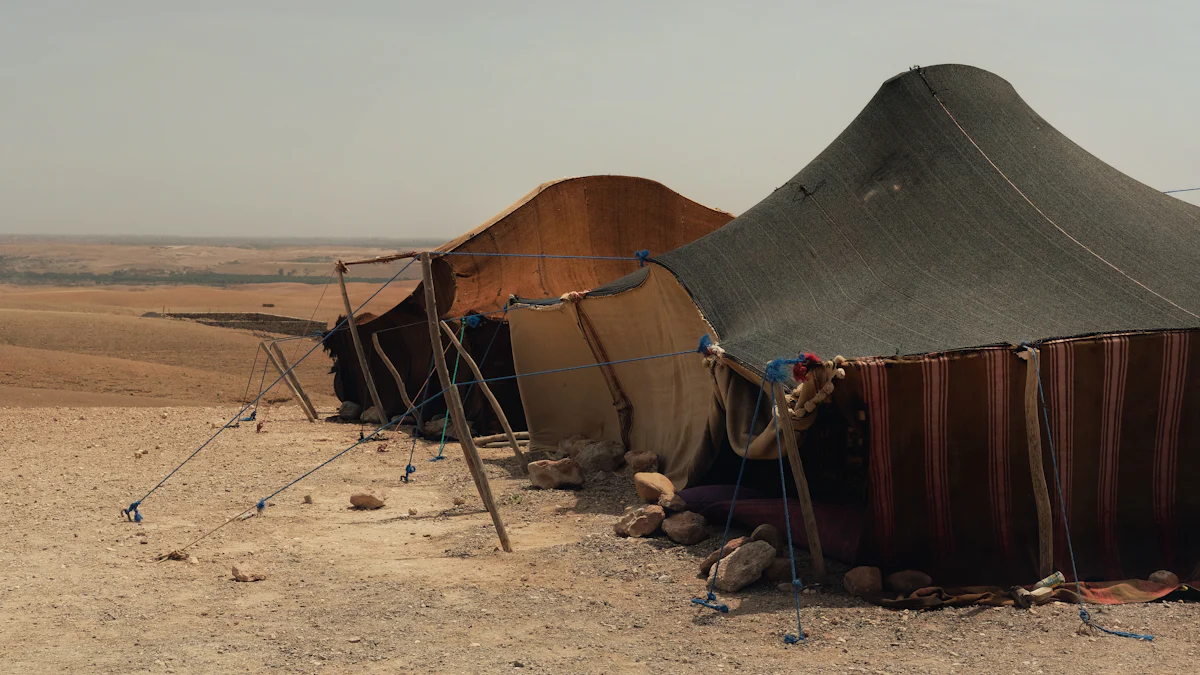
Your camping style plays a big role in choosing the right tent. Backpacking requires a lightweight and compact tent. You’ll carry it over long distances, so every ounce matters. Backpacking tents often list two weights: minimum trail weight and packaged weight. The trail weight includes only the essentials, while the packaged weight accounts for everything, including stakes and bags. Backpackers also spend more time inside their tents during bad weather, so livability becomes crucial.
Car camping, on the other hand, offers more flexibility. You can prioritize comfort and size since you’ll transport the tent in your vehicle. Larger tents with extra features, like multiple rooms or higher ceilings, work well for car camping. You can also bring luxury items, such as air mattresses or portable furniture, to enhance your experience. Unlike backpacking, weight and compactness are less important for car camping.
Your budget determines the type of tent you can afford. Ultralight tents often cost more due to advanced materials and innovative designs. These tents are ideal for serious backpackers who value portability. Traditional tents, however, offer more affordable options. If you’re a casual camper, you’ll find plenty of budget-friendly choices that provide durability and comfort.
When comparing costs, consider the long-term value. Spending more upfront on a high-quality tent can save you money over time. A durable tent lasts through multiple trips, reducing the need for frequent replacements. Think about how often you’ll use the tent and the conditions you’ll face. This helps you decide whether to invest in a premium model or stick to a basic option.
The number of people in your group affects the size of the tent you need. For solo camping, a one-person tent works well. It’s lightweight, easy to set up, and provides just enough space for you and your gear. If you prefer extra room, consider a two-person tent for added comfort.
Group camping requires larger tents. A family or group of friends will need a tent with enough space for everyone to sleep comfortably. Look for models with multiple compartments or higher ceilings to accommodate gear and provide privacy. Keep in mind that capacity ratings indicate how many people can technically fit, but you may want a larger tent for added comfort.
Choosing the right camping tent depends on your needs. Whether you’re backpacking solo or camping with a group, understanding these factors ensures a better outdoor experience.
The terrain and weather conditions you expect to encounter play a significant role in choosing the right camping tent. For mild conditions, you can prioritize comfort and ease of use. Tents designed for these environments often feature simple setups and lightweight materials. They provide adequate ventilation to keep you cool during warm nights. However, they may lack the durability needed for harsher climates.
Camping in extreme weather demands a tent with specialized features. You need a model that can withstand strong winds, heavy rain, or even snow. Look for tents with full-coverage rain flies and durable poles. These features ensure your shelter remains stable and dry. Aerodynamic designs also help deflect wind and rain, reducing the risk of damage. While these tents offer superior protection, they may weigh more and require additional setup time.
Key differences between tents for mild and extreme conditions include:
Understanding your camping environment helps you select a tent that matches your needs. Whether you face a gentle breeze or a raging storm, the right tent ensures a safe and enjoyable experience.
Your personal preferences often determine whether you prioritize comfort or portability in a camping tent. If you value comfort, traditional tents provide more space and features. These models often include higher ceilings, multiple compartments, and better ventilation. They allow you to bring extra gear, such as air mattresses or chairs, creating a home-like atmosphere. However, this added comfort comes at the cost of increased weight and bulk.
For those who prioritize portability, ultralight tents are the ideal choice. These tents weigh less and pack smaller, making them easier to carry on long hikes. The trade-off is reduced interior space and fewer features. You may need to compromise on bug protection or vestibule space. Additionally, lighter tents often require more care to maintain their durability.
When balancing comfort and portability, consider the following:
Choosing between comfort and portability depends on your camping style. If you plan to hike long distances, a portable tent keeps your load manageable. For relaxed trips, a comfortable tent enhances your overall experience.
Choosing between ultralight and traditional camping tents depends on your priorities. Ultralight tents excel in portability and compactness, making them perfect for activities like backpacking, bikepacking, or climbing. Traditional tents, on the other hand, offer durability and comfort, ideal for family trips or car camping.
You should consider your camping style and environment before deciding. If you value mobility and plan to hike long distances, ultralight tents are the way to go. For casual outings or group adventures, traditional tents provide the space and sturdiness you need. Align your choice with your specific needs to ensure a successful outdoor experience.
Ultralight tents focus on portability and weight reduction, making them ideal for backpacking. Traditional tents prioritize comfort and durability, offering more space and sturdiness. Your choice depends on whether you value mobility or comfort during your camping trips.
Ultralight tents work well in mild to moderate weather. However, they may struggle in extreme conditions like heavy rain or strong winds. If you expect harsh weather, consider a four-season ultralight tent or a traditional tent with reinforced materials.
Think about your camping style. For long hikes, choose an ultralight tent. For family trips or car camping, go with a traditional tent. Consider factors like group size, budget, and expected weather to make the best decision.
Yes, ultralight tents need careful handling due to their lightweight materials. Avoid rough surfaces and sharp objects that could damage the fabric. Store them dry and clean to maintain their durability and performance over time.
You can, but it’s not ideal. Traditional tents are heavier and bulkier, which makes them harder to carry over long distances. If you plan to backpack, an ultralight tent will save you energy and space in your pack.
Leave a comment